Info
Subfamily: Pooideae
Genus etymology: Festuca = "stem / straw" [Latin]
Species etymology: myuros = "mouse tail" [Greek] refering the the inflorescence
Photosynthetic type: C3 (cool season)
Nativity: naturalized - accidental
First recorded in Hawaiʻi: 1871
Map
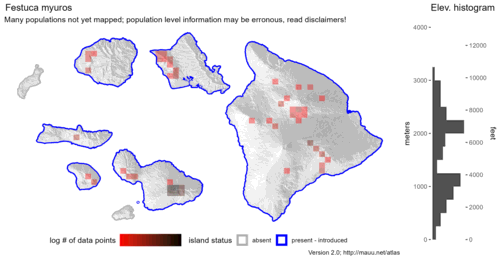

Inflorescence
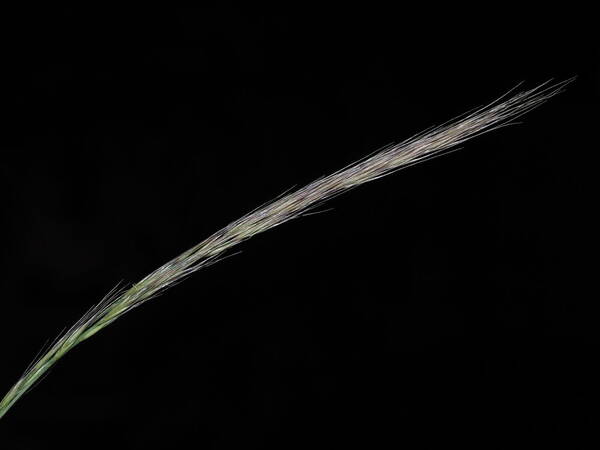
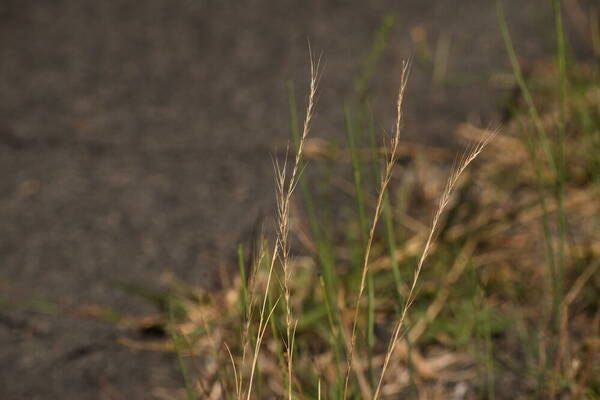
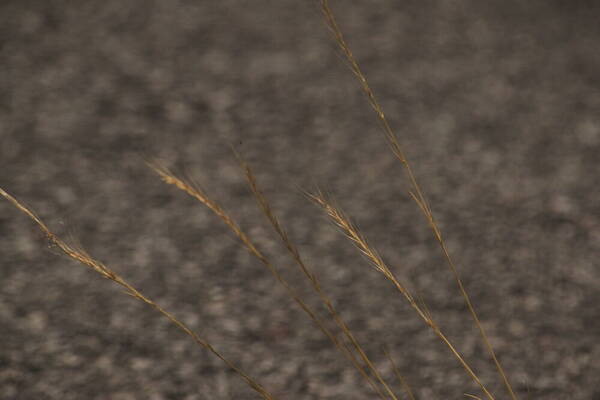
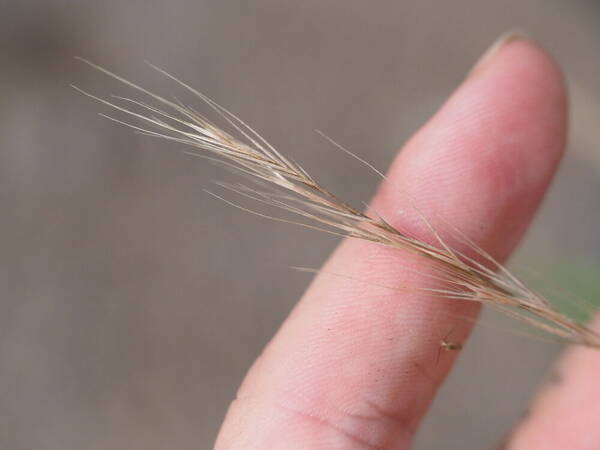
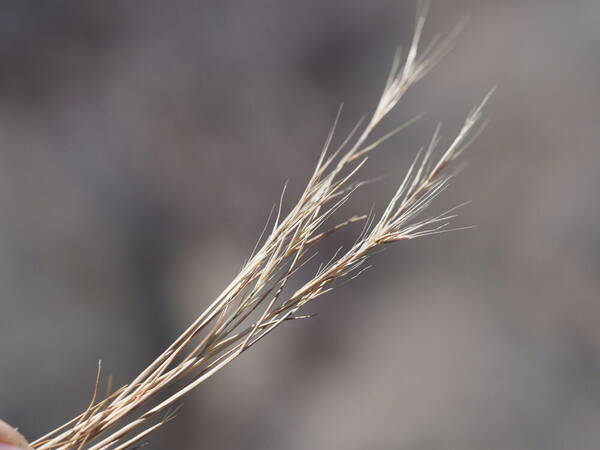
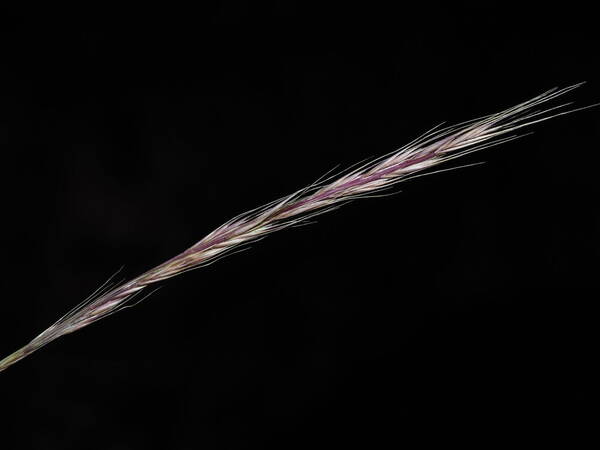
Plant
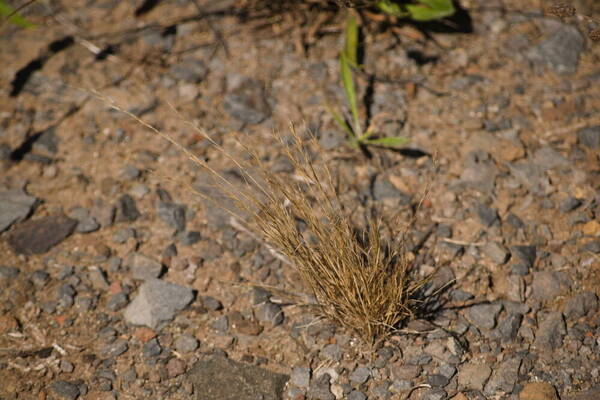
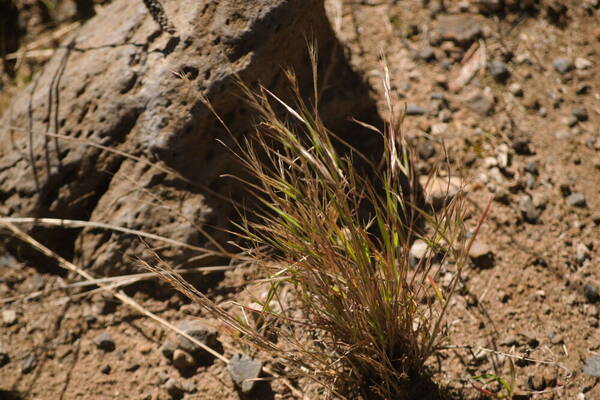
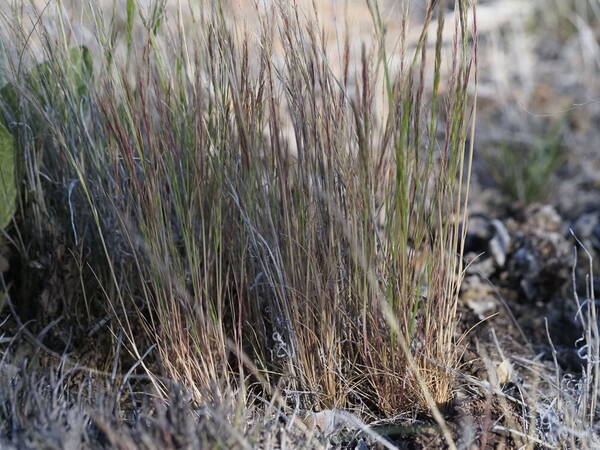
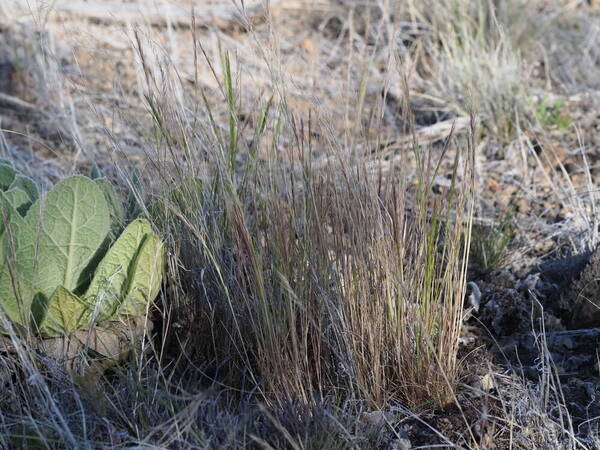
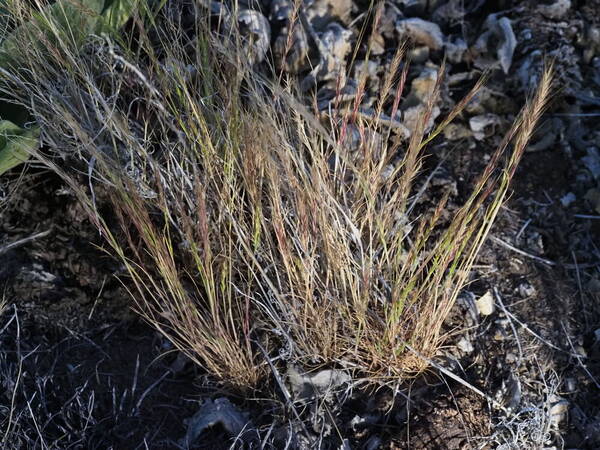

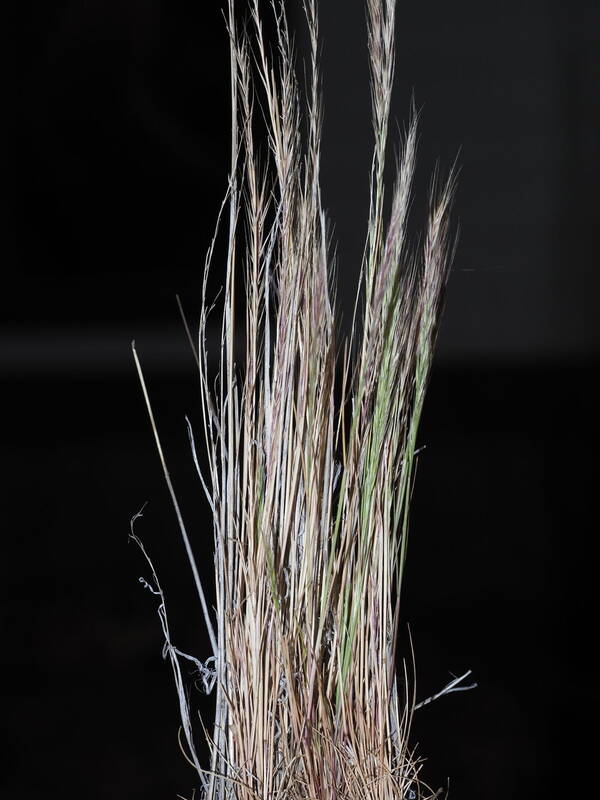
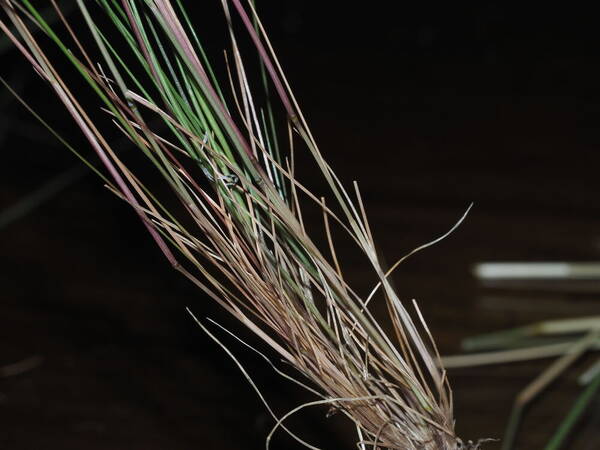
Spikelets
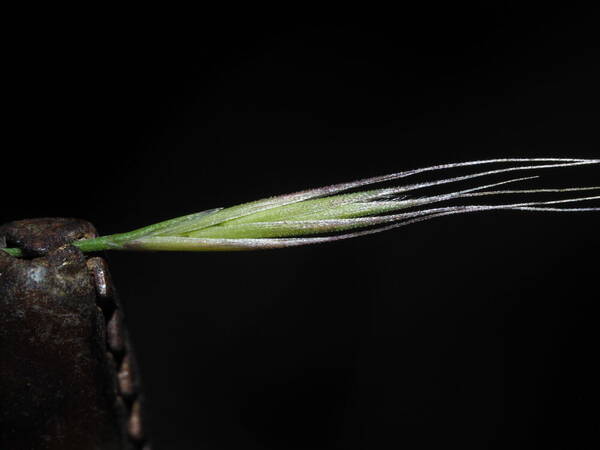
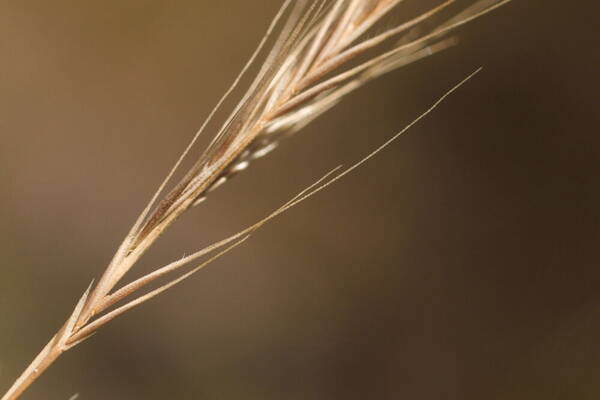
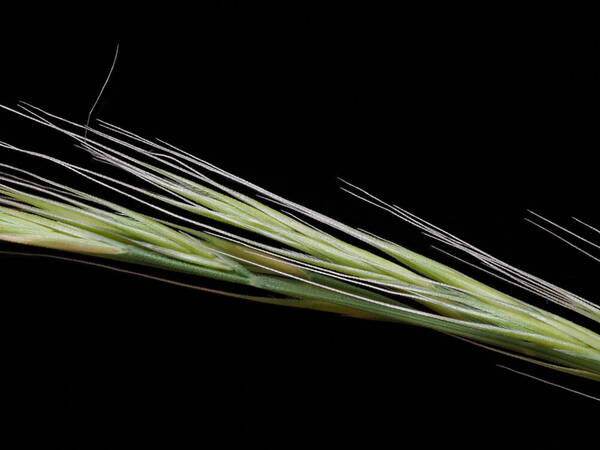
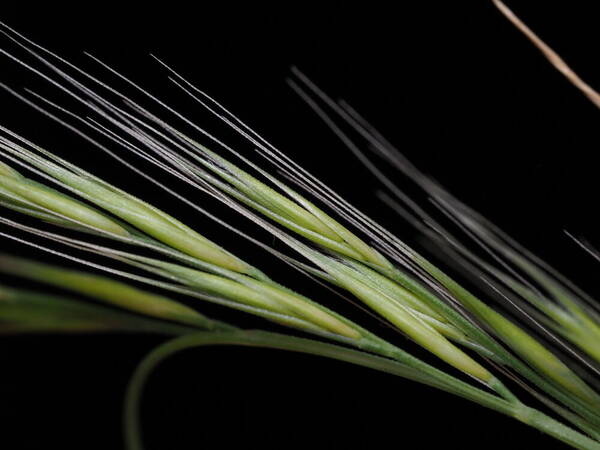
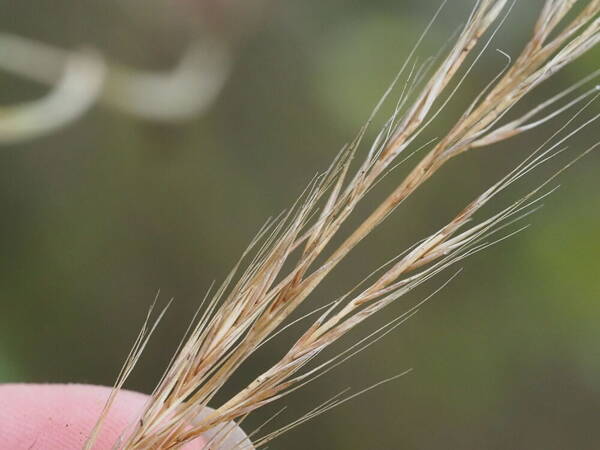
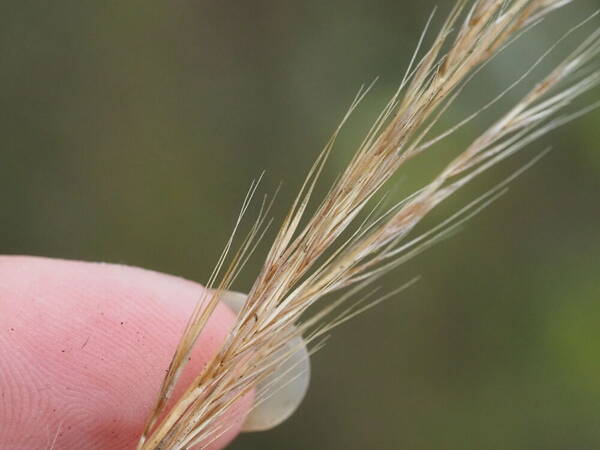
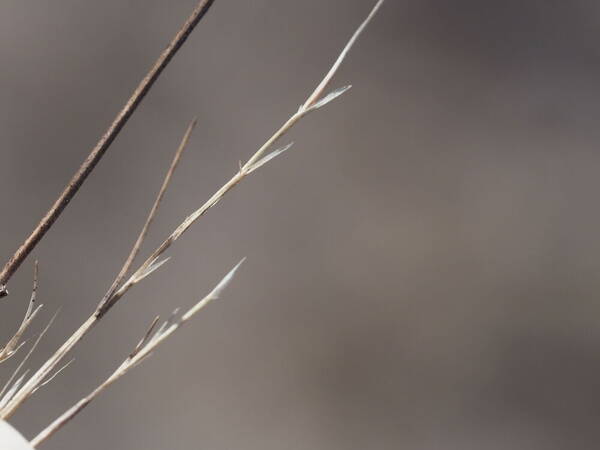
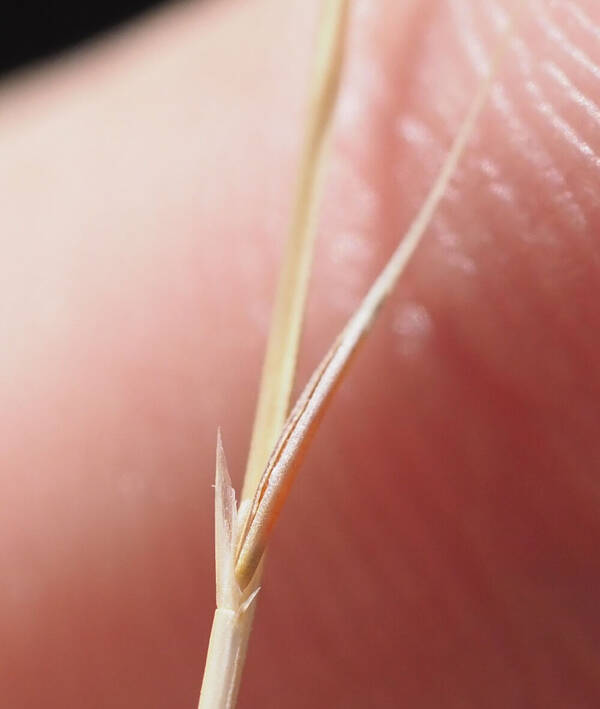
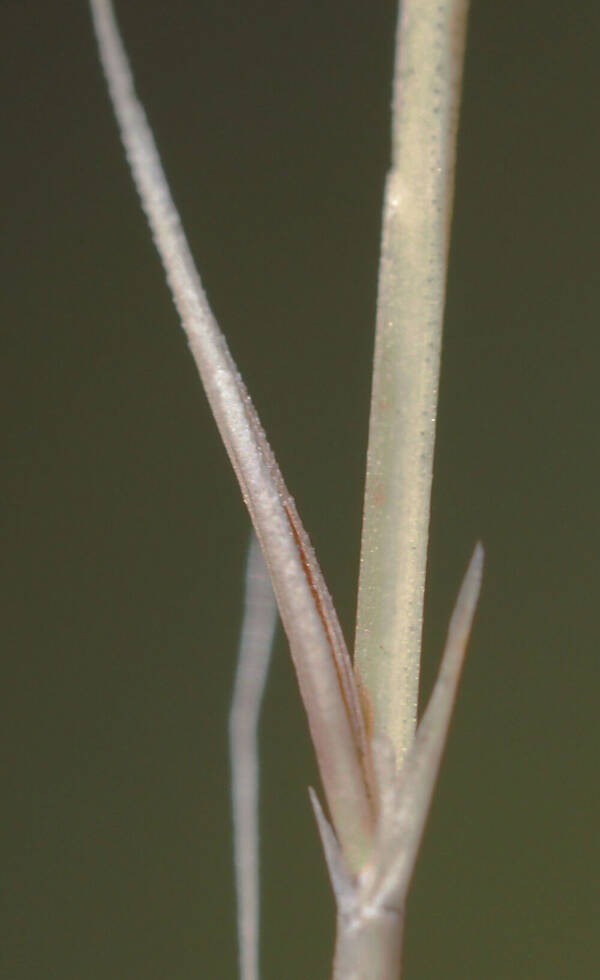
Description
Annual. Culms 10–70 cm. high, tufted or solitary, erect or geniculately ascending, slender. Leaf-blades 2–15 cm. long and 0.5–3 mm. wide, flat or rolled, firm to flaccid, rough on the margins, puberulous above. Panicle linear, 5–30 cm. long, loose to somewhat dense, mostly curved or nodding, enclosed below by the uppermost sheath, or just exserted from it. Spikelets oblong or wedge-shaped, 7–10 mm. long (excluding awns), 3–7-flowered, green or purplish; lower glume linear-lanceolate, 1–3 mm. long; upper glume subulate-lanceolate, 3–8 mm. long; lemmas 5–7 mm. long, scabrid, tipped with a scaberulous awn up to 15 mm. long; anther usually 1, 0.3–1 mm. long.
(Description source: Clayton, W.D. 1970. Flora of Tropical East Africa. Gramineae (Part 1). Crown Agents for Oversea Governments and Administrations, London. 176 pp. )
Culms 10-75(90) cm, solitary or loosely tufted, branched or unbranched distally. Sheaths usually glabrous; ligules 0.3-0.5 mm; blades 2.4-10.5(17) cm long, 0.4-3 mm wide, usually rolled, occasionally flat, usually glabrous. Inflorescences 3-25 cm long, 0.5-1.5(2) cm wide, dense panicles or spikelike racemes, with 1 branch per node, often partially enclosed in the uppermost sheaths at maturity, pulvini absent; branches spreading or appressed to erect. Spikelets 5-12 mm, with 3-7 florets; rachilla internodes 0.75-1(1.9) mm. Glumes glabrous; lower glumes 0.5-2 mm, 1/5- 1/2 the length of the upper glumes; upper glumes 2.5-5.5 mm; lemmas 4.5-7 mm, 5-veined, usually scabrous distally, glabrous except the margins sometimes ciliate, apices entire, awns 5-15(22) mm; paleas 4.7-6.4 mm, minutely bifid; anthers 0.5-1(2) mm. Caryopses 3-5 mm, fusiform, glabrous. 2n = 14 [f. myuros], 42
(Description source: Barkworth, M.E., Capels, K.M. & Long, S. (eds.) 1993. Flora of North America, north of Mexico. Volume 24. Magnoliophyta: Commelinidae (in part): Poaceae, Part 1. Oxford University Press, New York. 911 pp. http://floranorthamerica.org/Festuca_myuros )
Annuals; culms solitary or several and loosely tufted, erect or ascending from a decumbent base, 1.5-5(-7) dm tall, lower nodes geniculate, glabrous. Sheaths glabrous; ligule erose-ciliate, 0.2-0.6 mm long, usually longer on the sides; blades filiform or linear, involute, upper surface scabrous, lower surface glabrous. Panicles usually secund, narrow, (4-)5-18(-20) cm long, with ascending or appressed branches, the lower branches often widely spaced and enclosed in the upper sheath; spikelets 3-5-(-8)-flowered; glumes thin, strongly unequal, glabrous, first glume sometimes scale-like, 0.3-1.5 mm long, 1- nerved, second glume lanceolate, 2.5-5.5 mm long, 1-3-nerved; lemmas linear-lanceolate, 4.5-7.5 mm long, scabrous to puberulent, + long-ciliate toward apex, produced into awns 8-15(-17) mm long. Caryopsis dark brown, linear, strongly dorsiventrally compressed, ventrally convex, 3.5-4 mm long, coherent to the lemma and palea. [2n = 14, 28, 42.]
(Description source: O’Connor, P.J. 1990. Poaceae, pp. 1481–1604. In: Wagner W.L., Herbst D.R. & Sohmer S.H. (eds.)., Manual of the flowering plant of Hawaiʻi. Vol. 2. University of Hawaii Press & Bishop Museum Press, Honolulu )